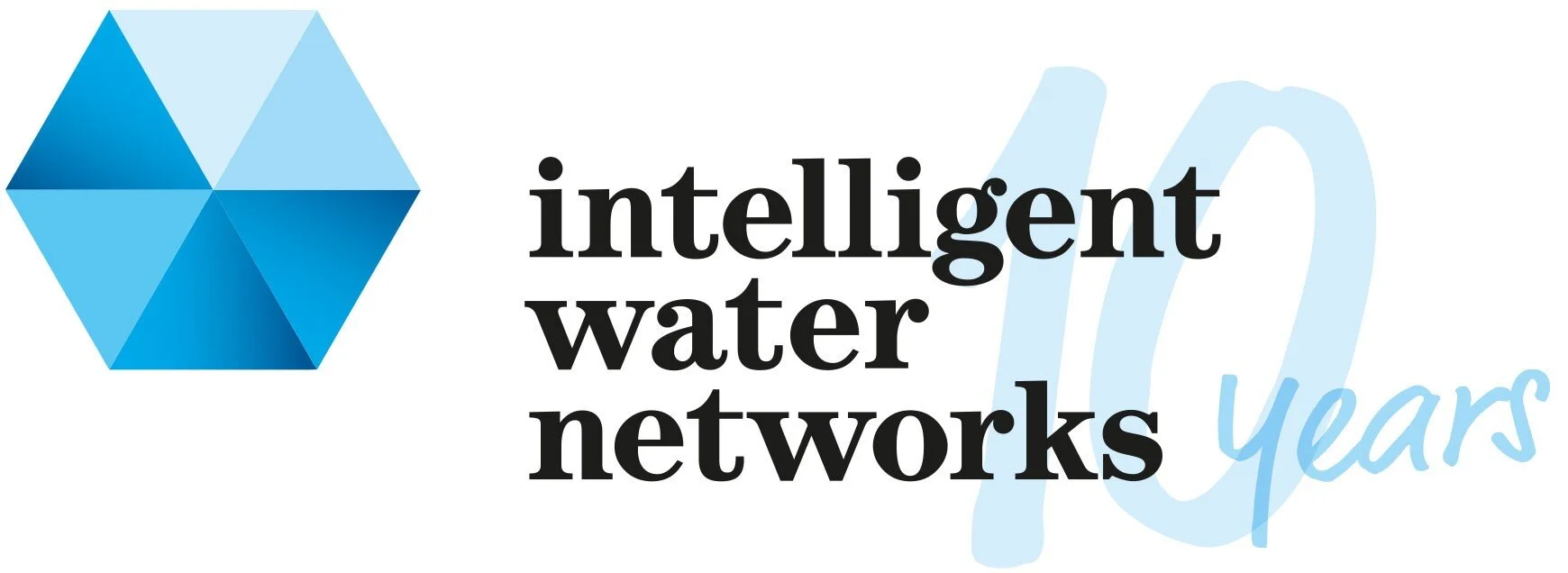OSIsoft PI trial presents encouraging summary reports
Green Technology Services (GTS) has a cloud-based data management solution comprising OSIsoft PI hosted on Microsoft Azure and ESRI ArcGIS for data display.
The pilot aimed to demonstrate aggregation and analysis of data from distributed assets, such as smart meters and sensors, with web-based visualisation of this data. So far, the summary reports have been very encouraging.
It was found that the PI solution was able to interface data from many different sources, perform calculations on the data and use the data in reports and dashboards. An advantage of this is it’s time saving ability, while it will also be able to reduce human error due to its ability to be used for standardised ESC reports.
The trial was also able to demonstrate that PI could provide a single point for data access of real time data from multiple sources and it could also organise and provide self-service visualisation tools. This would provide easy to understand information to more users, which would enable faster and better decision making on issues and assets.
As well as that, the PI systems also showed that it could interface with file based data and live field data such as that for water quality. The automation of data processing, comparison of trends and organisation into reporting dashboards will be a huge benefit to the water industry.
Comparison of data is important, and the Solution was able to excel in this field as well. It could receive data files from external equipment trials such as the Sewer Batt sonar pipe condition assessment technology and compare it to other time-series data and display with geospatial data to demonstrate on a map based visualisation pipe condition.
The PI Solution was able to interface with the backend IoT devices (ie. Sigfox) to load digital meter data into the PI system, and then demonstrated how this could be visualised, and notifications provided. The trial Solution was also able to demonstrate how internal wastewater flows could be compared with external rainfall data feeds to identify areas of potential unusual inflow and infiltration.
